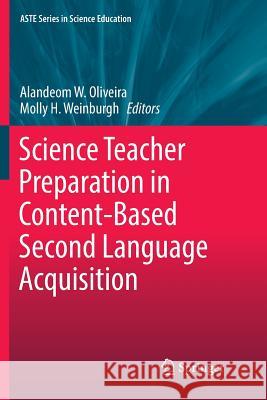Science Teacher Preparation in Content-Based Second Language Acquisition » książka
topmenu
Science Teacher Preparation in Content-Based Second Language Acquisition
ISBN-13: 9783319828442 / Angielski / Miękka / 2018 / 387 str.
Science Teacher Preparation in Content-Based Second Language Acquisition
ISBN-13: 9783319828442 / Angielski / Miękka / 2018 / 387 str.
cena 484,18
(netto: 461,12 VAT: 5%)
Najniższa cena z 30 dni: 462,63
(netto: 461,12 VAT: 5%)
Najniższa cena z 30 dni: 462,63
Termin realizacji zamówienia:
ok. 22 dni roboczych
Bez gwarancji dostawy przed świętami
ok. 22 dni roboczych
Bez gwarancji dostawy przed świętami
Darmowa dostawa!
Kategorie:
Kategorie BISAC:
Wydawca:
Springer
Seria wydawnicza:
Język:
Angielski
ISBN-13:
9783319828442
Rok wydania:
2018
Wydanie:
Softcover Repri
Ilość stron:
387
Waga:
0.55 kg
Wymiary:
23.39 x 15.6 x 2.08
Oprawa:
Miękka
Wolumenów:
01
Dodatkowe informacje:
Wydanie ilustrowane











